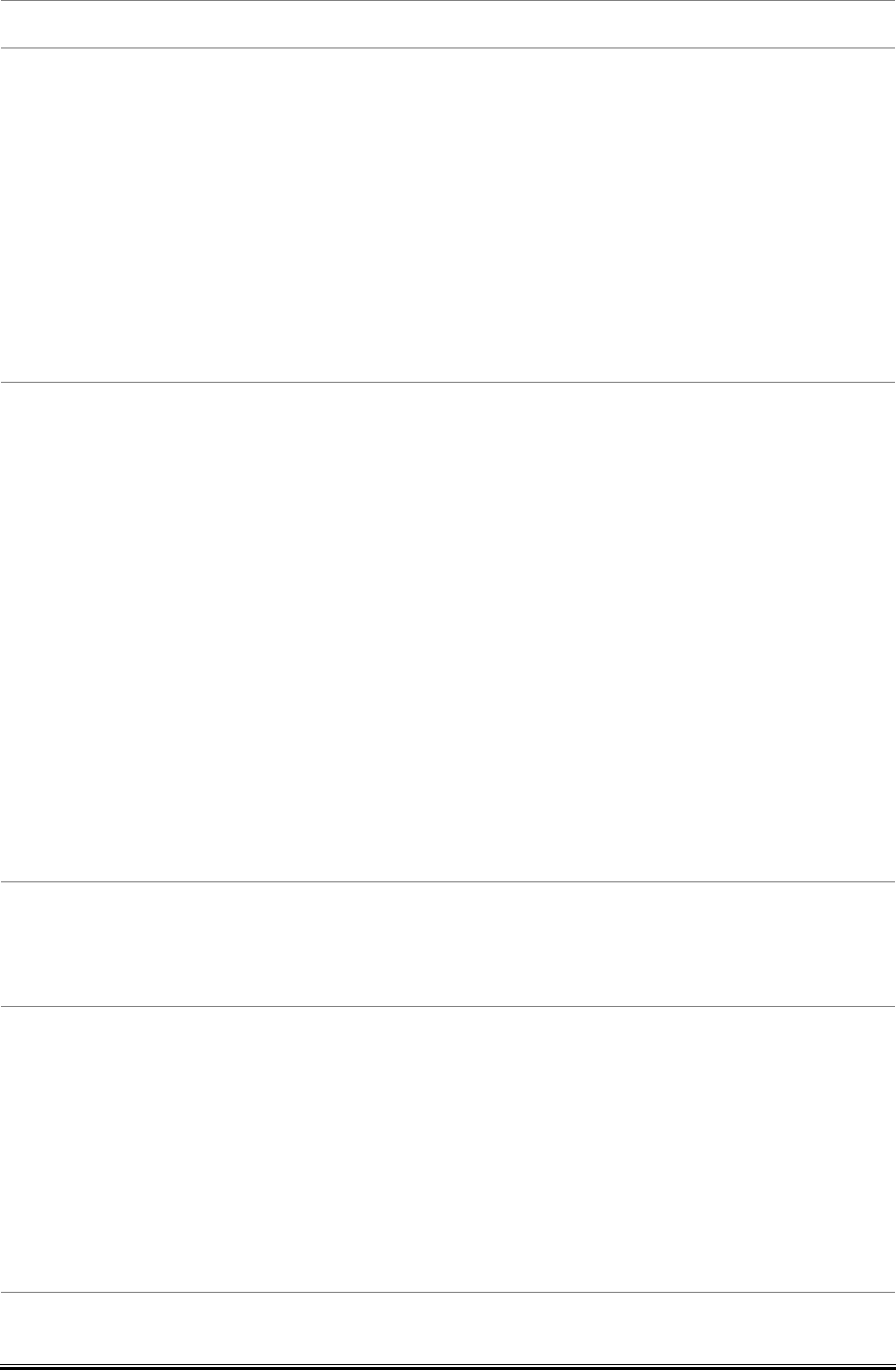
User’s Manual of SGSD-1022 / SGSD-1022P
SGSW-2840 / SGSW-2840P
116
auto-negotiation disabled)
• Flow Control
Allows automatic or manual selection of flow control (that is, with
auto-negotiation disabled).
Flow control can eliminate frame loss by “blocking” traffic from end stations or
segments connected directly to the switch when its buffers fill. When enabled,
backpressure is used for half-duplex operation and IEEE 802.3-2005 (formally
EEE 802.3x) for full-duplex operation.
Avoid using flow control on a port connected to a hub unless it is actually required
o solve a problem. Otherwise back pressure jamming signals may degrade
overall performance for the segment attached to the hub.
• Autonegotiation
Allows auto-negotiation to be enabled/ disabled.
When auto-negotiation is enabled, you need to specify the capabilities to be
advertised. When auto-negotiation is disabled, you can force the settings for
speed, mode, and flow control. The following capabilities are supported.
-10half -Supports 10 Mbps half-duplex operation
-10full -Supports 10 Mbps full-duplex operation
-100half - Supports 100 Mbps half-duplex operation
-100full - Supports 100 Mbps full-duplex operation
-1000full (Combo ports only) -Supports 1000 Mbps full-duplex operation
Default: Autonegotiation enabled;
Advertised capabilities for 100BASE-TX – 10half, 10full, 100half, 100full;
1000BASE-T – 10half, 10full, 100half, 100full, 1000full; 1000BASE-SX/LX/LH –
1000full
• Sym
Check this item to transmit and receive pause frames, or clear it to auto-negotiate
the sender and receiver for asymmetric pause frames (for Gigabit Ethernet
ports). (The current switch chip only supports symmetric pause frames.)
• FC
Supports flow control
Flow control can eliminate frame loss by "blocking" traffic from end stations or
segments connected directly to the switch when its buffers fill. When enabled,
back pressure is used for half-duplex operation and IEEE 802.3x for full-duplex
operation. (Avoid using flow control on a port connected to a hub unless it is
actually required to solve a problem. Otherwise back pressure jamming signals
may degrade overall performance for the segment attached to the hub.)
• Trunk
Indicates if a port is a member of a trunk. To create trunks and select port
members, see “Creating Trunk Groups”.


















